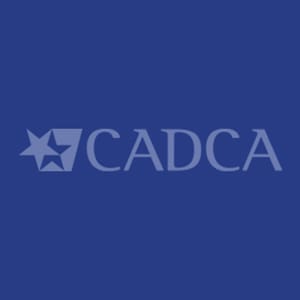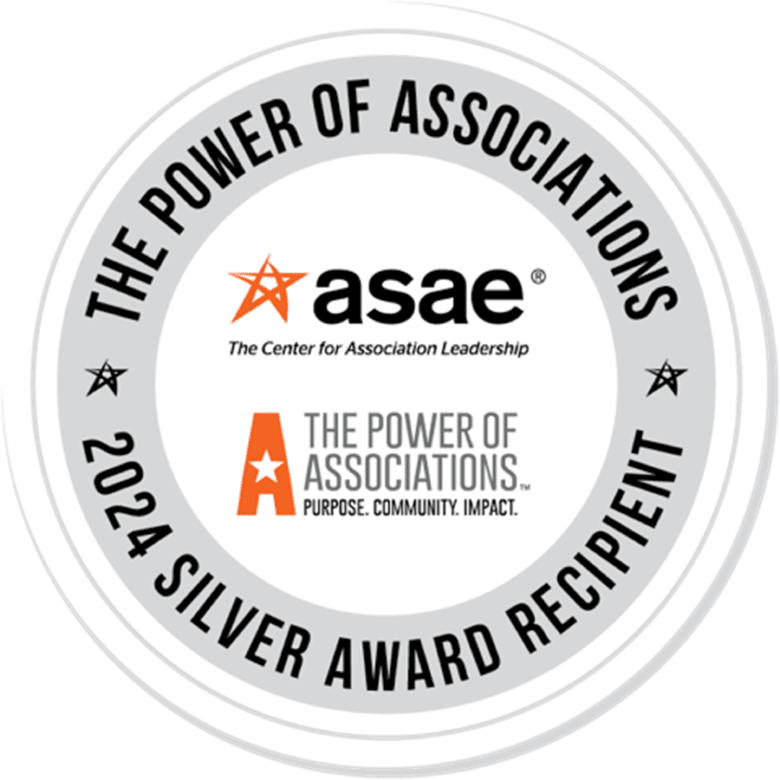On May 5, the Food and Drug Administration finalized a rule extending its authority to all tobacco products, including e-cigarettes or ENDS cigars, hookah tobacco and pipe tobacco, among others.
CADCA and health advocates everywhere are excited about this historic rule for many reasons: It furthers the purpose of the Tobacco Control Act of 2009 (i.e. the Family Smoking Prevention and Tobacco Control Act of 2009) and allows the FDA to improve public health and protect future generations from the dangers of tobacco use and nicotine addiction through a variety of steps.
Such measures include:
- prohibiting products being sold to persons under the age of 18 years (both in person and online)
- requiring age verification by photo ID
- not allowing the selling of covered tobacco products in vending machines (unless in an adult-only facility) and
- not allowing the distribution of free samples.
E-cigarettes (also known as ENDS, Electronic Nicotine Delivery Systems) are devices that operate electronically by “vaporizing” (the more accurate term is aerosolizing) a liquid solution that contains nicotine. The aerosol or vapor is then inhaled by the user.
Alarmingly, American youth use of ENDS continues to rise rapidly in the United States. From 2011 to 2014, past 30-day use of e-cigarettes increased nine-fold for high school students (1.5 percent to 13.4 percent) and more than six-fold for middle school students (.6 to 3.9 percent). Nearly 2.5 million U.S. middle and high school students were past 30-day e-cigarette users in 2014, including about 1 in 7 high school students. In 2013, more than a quarter of a million (263,000) middle and high school students who had never smoked cigarettes had used e-cigarettes.
Additionally, youth use of nicotine in any form, including ENDS, is unsafe. For starters, nicotine is highly addictive. Because the brain is still developing, nicotine use during adolescence can disrupt the formation of brain circuits that control attention, learning, and susceptibility to addiction.
The aerosol emitted from ENDS is NOT harmless “water vapor” and is NOT as safe as clean air., as the tobacco industry claims. ENDS generally emit lower levels of dangerous toxins than combusted cigarettes. However, in addition to nicotine, ENDS aerosols can contain heavy metals, ultrafine particulate, and cancer-causing agents like acrolein. ENDS aerosols also contain propylene glycol or glycerin and flavorings. Some ENDS manufacturers claim that the use of propylene glycol, glycerin, and food flavorings is safe because they meet the FDA definition of “Generally Recognized as Safe” (GRAS).
However, GRAS status applies to additives for use in foods, NOT for inhalation. The health effects of inhaling these substances are unknown. Now that the FDA has made its ruling, it will be able to properly evaluate and inform the public of the toxic ingredients in these alleged harmless devices.
The tobacco industry’s aggressive marketing schemes to drive up ENDS usage are similar to tactics that are proven to lead to youth cigarette smoking. For instance, in a randomized controlled trial, adolescents who viewed e-cigarette TV advertisements reported a significantly greater likelihood of future e-cigarette use compared with the control group. They were also more likely to agree that e-cigarettes can be used in places where smoking is not allowed. Some ENDS companies are using techniques similar to those used by cigarette companies that have been shown in the 2012 Surgeon General’s Report to increase use of cigarettes by youth, including: candy-flavored products; youth-resonant themes such as rebellion, glamour, and sex; celebrity endorsements; and sports and music sponsorships. We now urge the FDA to take the next logical step to make recommendations to discourage TV advertising, especially to young people.
When the Department of Transportation announced a final rule that explicitly bans the use of electronic cigarettes on all scheduled flights of United States and foreign carriers involving transportation in, to, and from the U.S. just a few months ago, health advocates cheered.
The department took a practical approach to eliminate any confusion between tobacco cigarettes and e-cigarettes by applying the same restrictions to both. And just like with the DOT, the long-awaited FDA final ruling represents critically-needed regulation that protects the general public. It also provides guidance and reassurance to the public health community in its ability to face the ever-evolving nature of tobacco use, including nicotine addiction, and its harmful effects.. This is an important step to clear the smokescreen of tobacco industry deception for the American public, and a victory for public health advocates everywhere, who are, collectively, inhaling a breath of fresh air
Keith A. Vensey is the Program Manager, Tobacco and Cancer, for CADCA’s Geographic Health Equity Alliance.
For access to the FDA’s full Press Release around the finalized rule, click here.
To read the FDA ruling in its entirety, click here.


